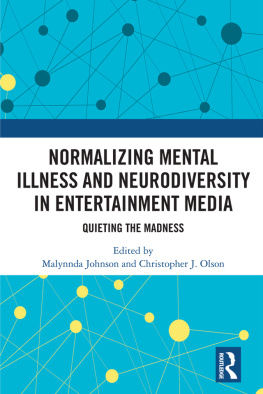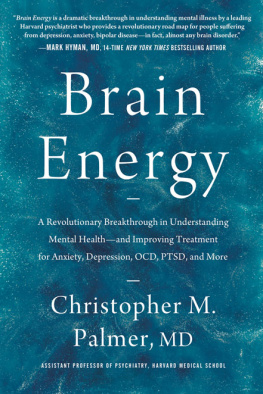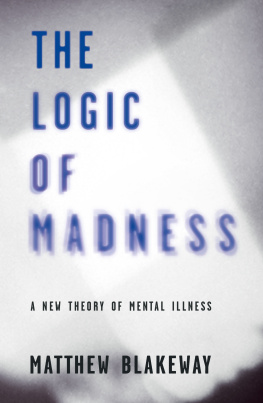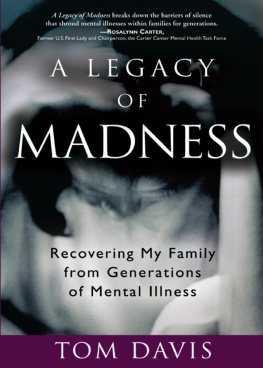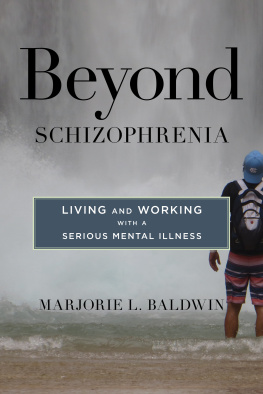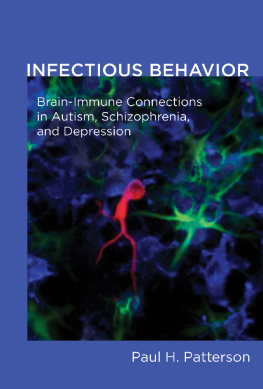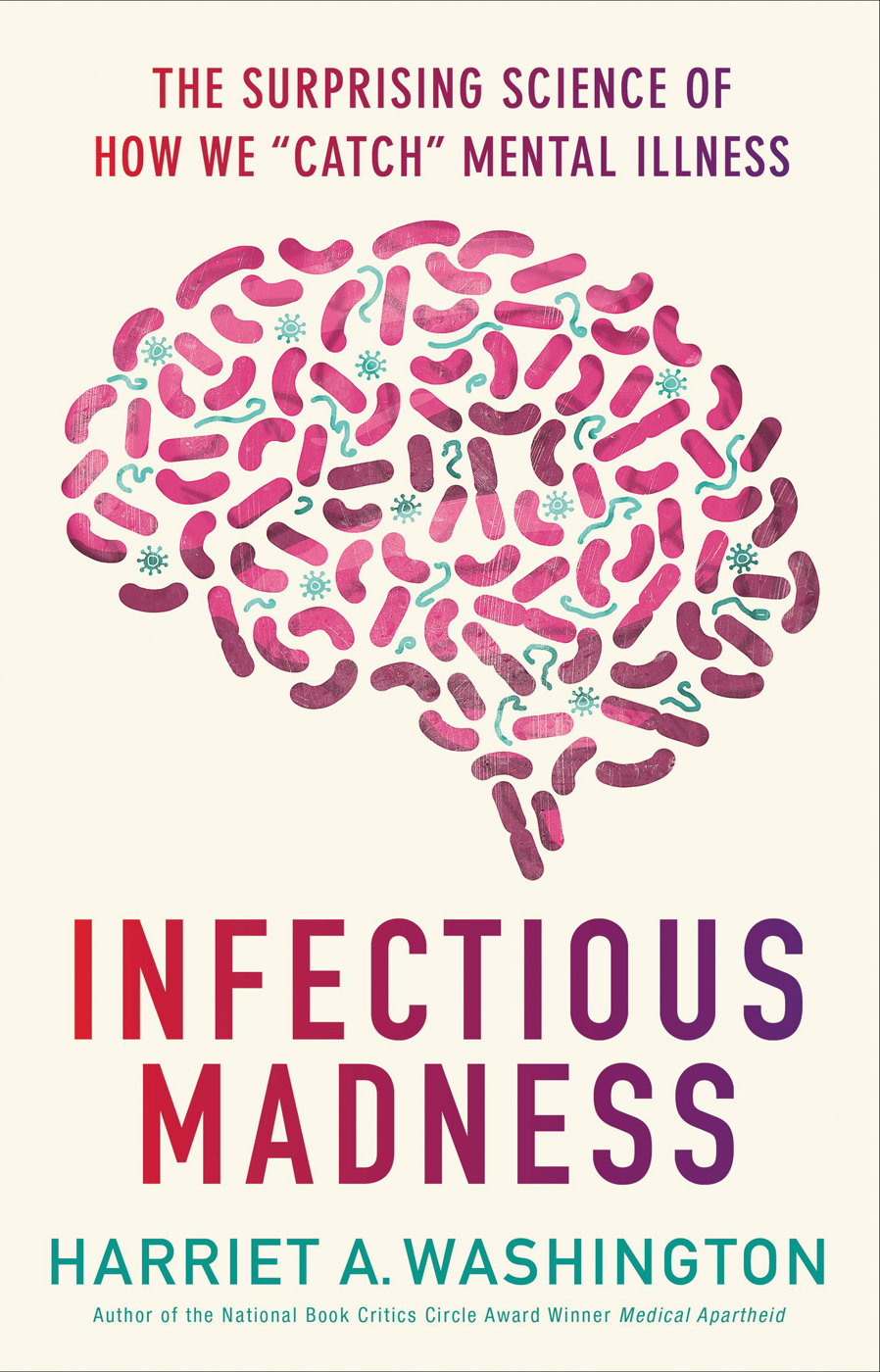Thank you for buying this ebook, published by HachetteDigital.
To receive special offers, bonus content, and news about ourlatest ebooks and apps, sign up for our newsletters.
Copyright 2015 by Harriet A. Washington
Cover design by Kapo Ng; art by Steven Twigg
Author photograph by the Gannett Company
Cover copyright 2015 Hachette Book Group, Inc.
All rights reserved. In accordance with the U.S. Copyright Act of 1976, the scanning, uploading, and electronic sharing of any part of this book without the permission of the publisher constitute unlawful piracy and theft of the authors intellectual property. If you would like to use material from the book (other than for review purposes), prior written permission must be obtained by contacting the publisher at permissions@hbgusa.com. Thank you for your support of the authors rights.
Little, Brown and Company
Hachette Book Group
1290 Avenue of the Americas, New York, NY 10104
littlebrown.com
twitter.com/littlebrown
facebook.com/littlebrownandcompany
First ebook edition: September 2015
Little, Brown and Company is a division of Hachette Book Group, Inc. The Little, Brown name and logo are trademarks of Hachette Book Group, Inc.
The publisher is not responsible for websites (or their content) that are not owned by the publisher.
The Hachette Speakers Bureau provides a wide range of authors for speaking events. To find out more, go to hachettespeakersbureau.com or call (866) 376-6591.
Photograph , by Greg and Mary Beth Dimijian
ISBN 978-0-316-27779-2
E3
Deadly Monopolies: The Shocking Corporate Takeover of Life Itselfand the Consequences for Your Health and Our Medical Future
Medical Apartheid: The Dark History of Medical Experimentation on Black Americans from Colonial Times to the Present
Living Healthy with Hepatitis C: Natural and Conventional Approaches to Recover Your Quality of Life
Parkinsons Disease: A Monograph
For Pete
The highest activities of consciousness have their origins in physical occurrences of the brain just as the loveliest melodies are not too sublime to be expressed by notes.
W. S OMERSET M AUGHAM
Gazing into the night sky with its seemingly numberless stars evokes our sense of infinity, but if you seek the ultimate multitude, look closer to home. What lies at our feet and within us dwarfs the heavenly spectacle, yet we need our imaginationsor a powerful microscopeto see it: microscopic bugs, not stars, dominate the galaxies. The earth alone holds five million times more microbes than there are suns in the universe. It is home to five nonillion infinitesimal beingsthats a 5 followed by 30 zeros.
Five million bacteria teem in every teaspoonful of seawater, accompanied by fifty million viruses. This makes viruses the most common life form in the seas, and no wonder: viruses infect most other living organisms, including bacteria.
Microbes do more than infect us, however; they are us, in the sense that we harbor more microbes than human cells. Your intestines alone provide a home for one hundred trillion viruses, fungi, protozoans, andmostlybacteria. These single-celled guests outnumber your cells ten to one.
Microbes thickly coat our skin, eyes, and genitals and cover the surfaces of our mouths; they specialize in specific areas of the body. Staphylococci colonize the skin, and lactobacilli coat the vagina. And thats just on the surface; ten thousand different species of organisms thickly populate your gut. Just as our genes make up our genomes, these microbial fellow travelers make up our microbiomes, which constantly adjust in type and numbers on different sites on the body and different sites on the globe.
And our health, including our mental health, changes with them.
Your microbiome has an astonishing power to keep you healthyor ill. From the beginning, internal microbes guide your immune systems development. Your gut also possesses its own brain. It houses a network, dubbed the enteric nervous system, or ENS, that contains a thousand times more neurons than your brain does. Its weight is twice that of your brain and it sends neurotransmitters that help direct your brains activities.
During birth we acquire microbes from our mothers that confer immunity and may dictate our future health, from struggles with weight to a propensity to schizophrenia. As we grow, we acquire more pathogens and beneficial microbial friends that tip our odds of developing or avoiding everything from ulcers to heart disease to cervical cancer to obsessive-compulsive disorder.
The relationship between disease and microbes was first proposed in the seventeenth century, but the evidence and basic standards for the proof of infectious-disease causation werent laid down until 1883, when the German bacteriologists Robert Koch and Friedrich Loeffler provided the first evidence that tiny, invisible microbes enter the body and cause diseases; this is germ theory.
The microscope enabled scientists to see the pathogens, document them, and, in doing so, disprove popular beliefs, such as that sinful behavior invites illness or that poisonous vapors called miasmas cause disease.
The uncontrollable dancing movements of St. Anthonys fire, once ascribed to satanic influence, are now known to result from Claviceps purpurea, a fungus that infects rye. Malaria is now known to be caused not by bad air but by a single-celled plasmodium, a parasite of the female Anopheles mosquito.
Contemporary researchers on five continents continue to unmask microbial roots of illness, and they now recognize that events as seemingly trivial as a sore throat or a case of measlesor even the flucan breed anorexia, Tourettes, obsessive-compulsive disorder, or schizophrenia. Researchers in the field estimate that infectious organisms cause from 10 percent to 75 percent of some serious mental disorders.
In 1997, I glimpsed the extent to which mental illnesses are connected to infection when I happened upon an Italian medical-journal article that linked schizophrenia to bornavirus, which causes a fatal encephalitis in Central European sheep and horses. It asked whether humans acquire the virus from horses and whether such infections can cause schizophrenia. The article found a strong correlation between infection and illness, but no proof. Thus, it was inconclusive, and so were subsequent studies, as I learned when I called the investigators.
I was disappointed, but my curiosity was piqued as I searched for evidence of causal connections between infection and mental illness. I quickly found them, but many were lodged in the past. General paresis, cases of which once filled one of every five New York City asylum beds, is caused by a familiar disease: syphilis. When scientists discovered that penicillin cured syphilis, they also discovered a cure for this common mental disease. Now one must travel to the developing world to see a case.






